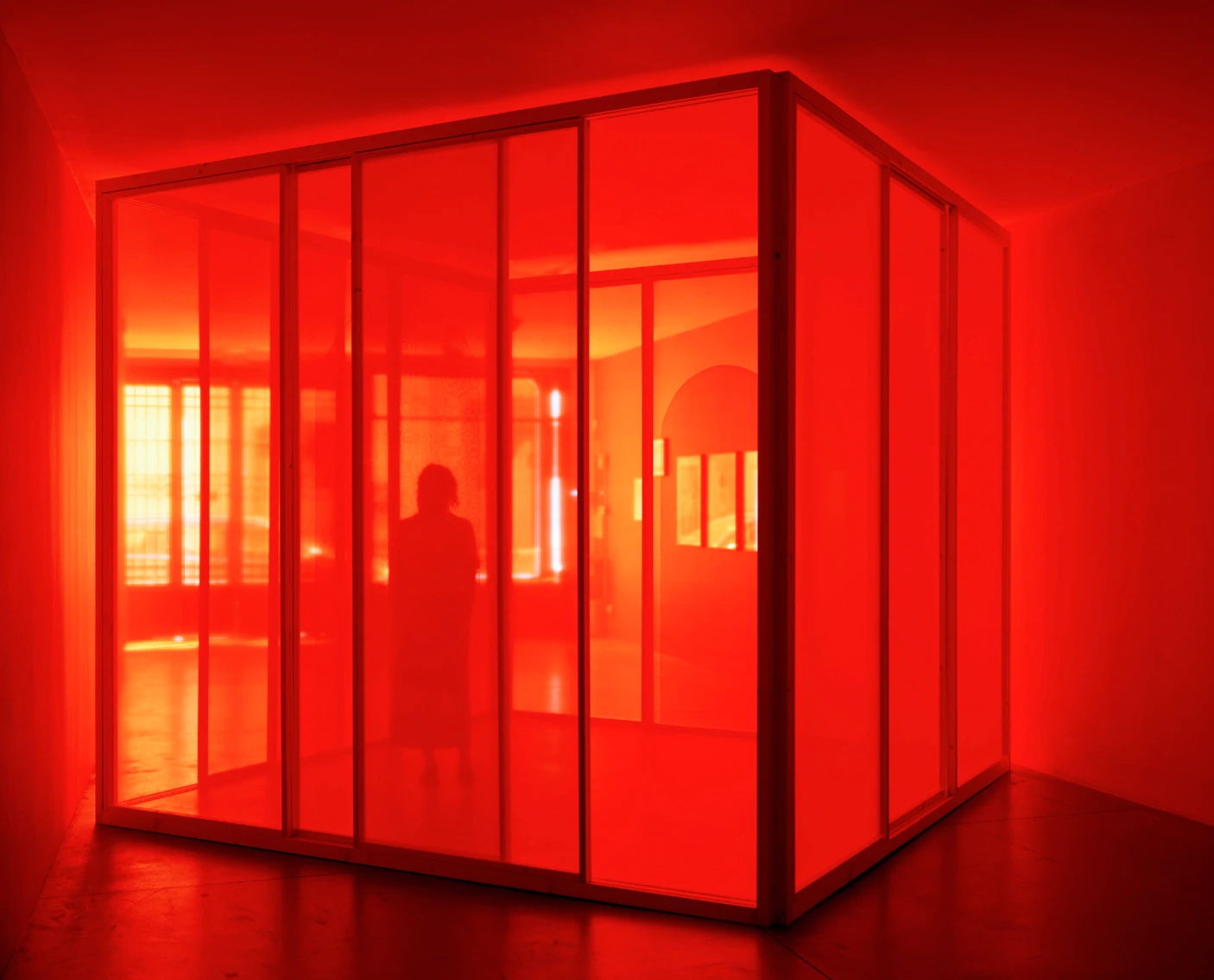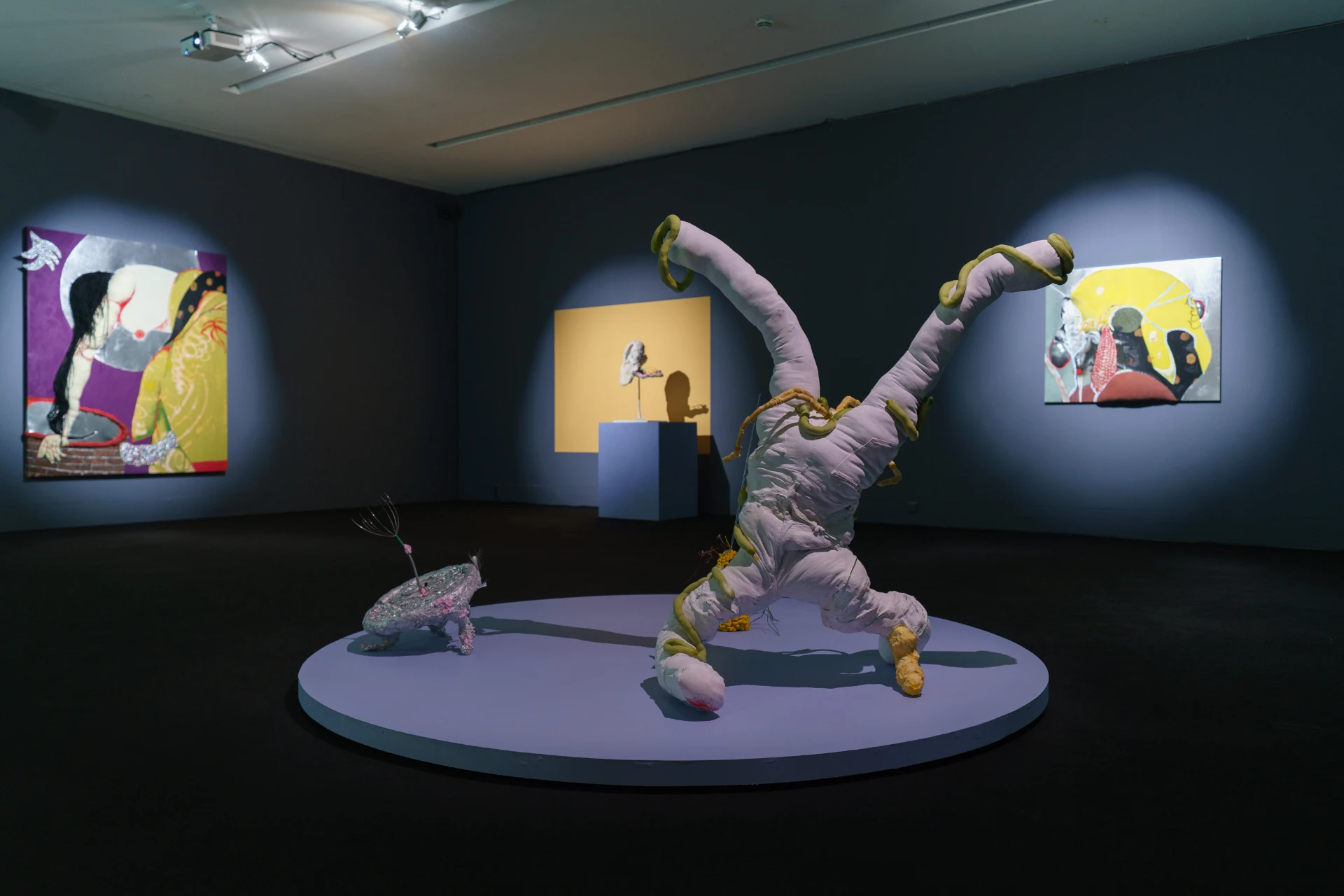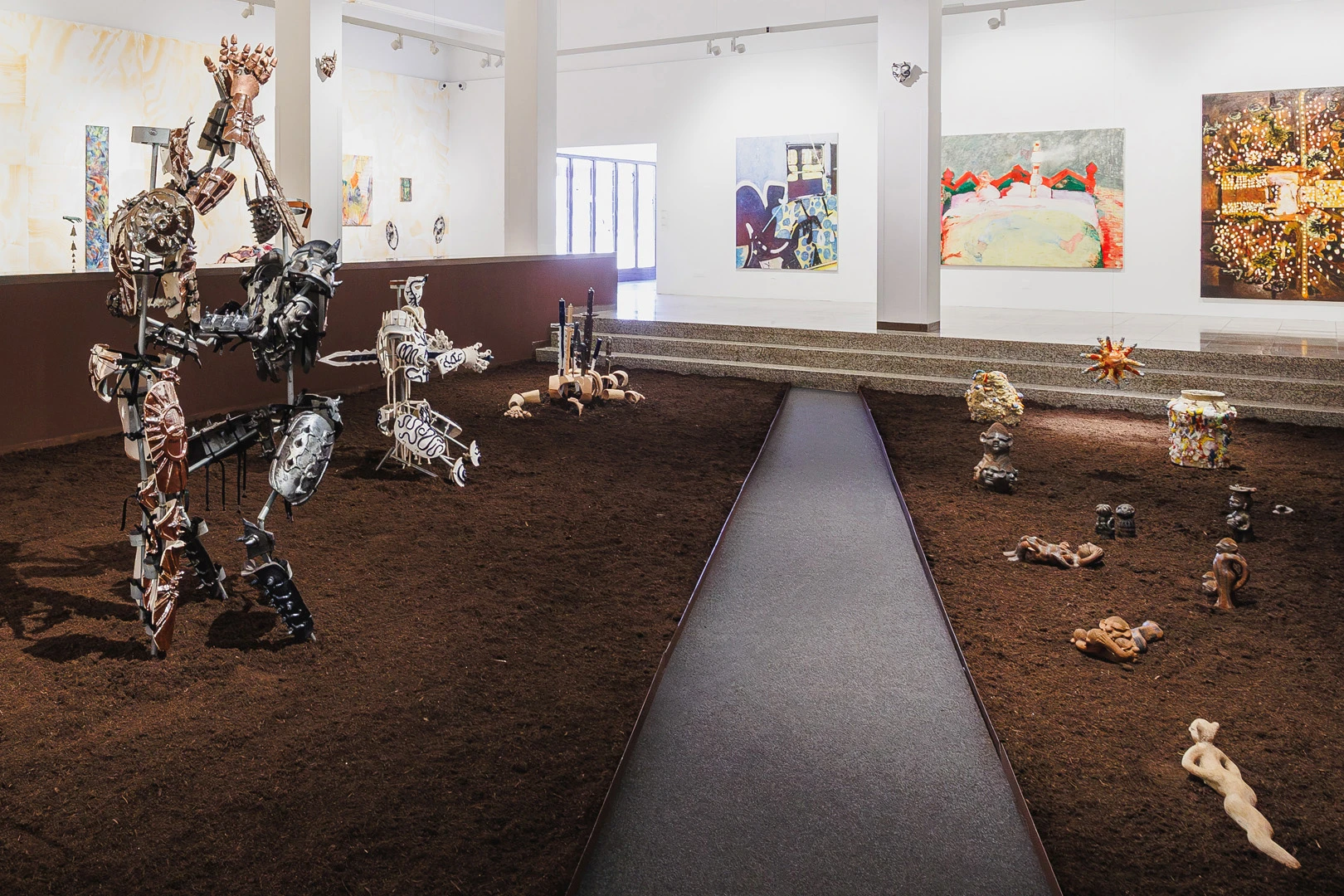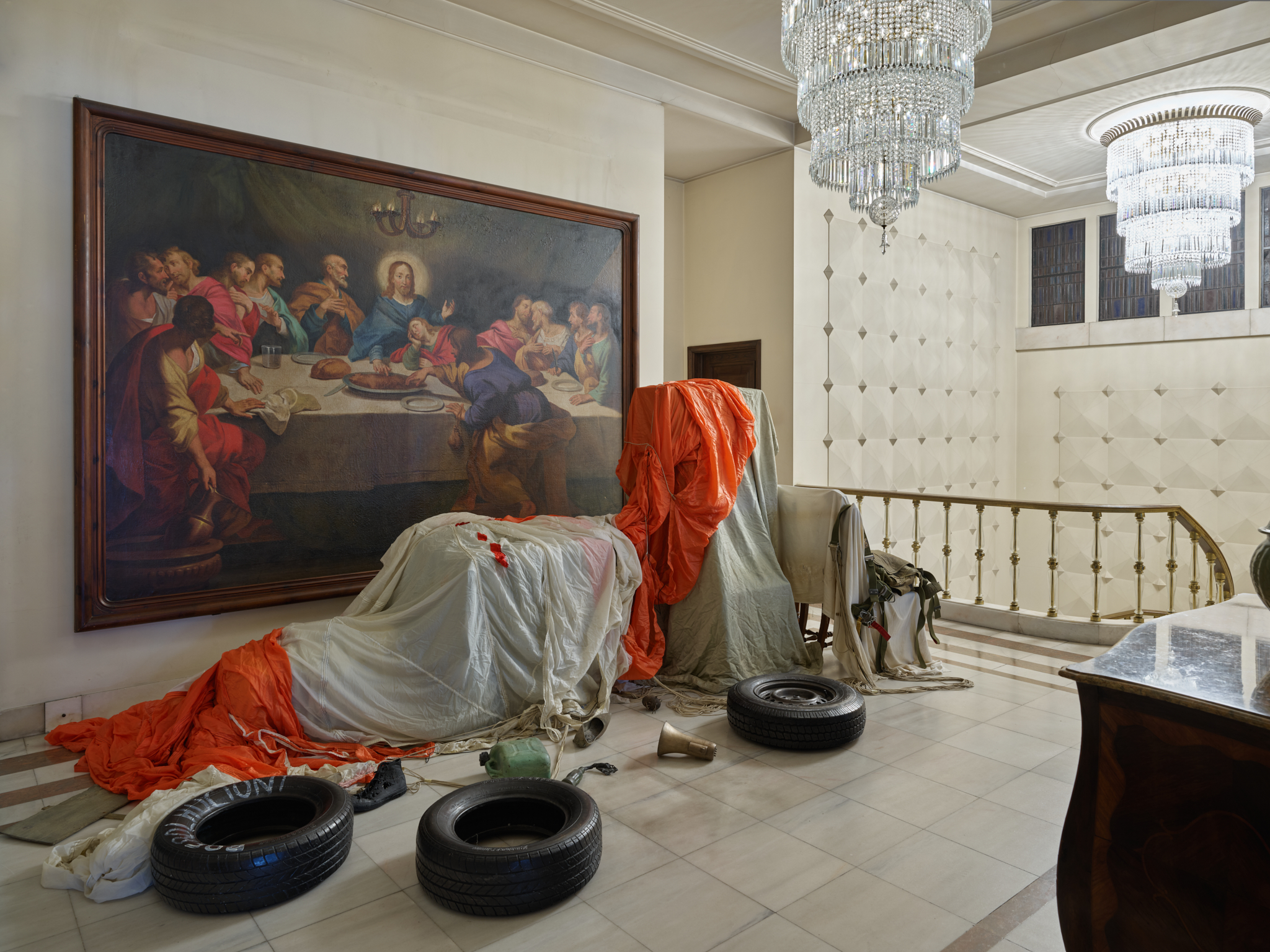article
About the Bienal de Arte Contemporânea da Maia 2025
The Bienal de Arte Contemporânea da Maia (Maia Contemporary Art Biennial), in its various iterations, is an event that brings together a broad, decentralised artistic panorama, converging in a series of formats that occupy the Maia Forum. This year, curated again by Manuel Santos Maia, the event unfolds in an exhibition, which is its central axis, and a series of performances, concerts, workshops and talks that branch out from it.
Quoting Maria Gabriela Llansol, the curator articulates the Biennial around the concept of “fulgor” (radiance), proposing the creation of a freedom sustained by affections, in its capacity to propose and constantly reiterate new experiences and sensitive frameworks. Based on this premise, the exhibition consolidates a collective and multiple presentation that aims, rather than presenting a predetermined selection, to use a snapshot of the artistic panorama to stimulate a 'sharing of the sensitive'1 that translates not only into visits and encounters with the objects, but also into subsequent activations that continuously seek to promote a rapprochement between the viewer, the artist, and the object and artistic process. In this way, the collection of works presented here multiplies in its variety, presenting a constant dialogue between contemporary production and some less recent works, whose aim is to multiply, branch out and reveal the radically different. Llansol's idea, which occupies the centre of the exhibition, seems to echo Deleuze and Guattari's ideas about art: "It is of all Art that it would be necessary to say: the artist is a displayer of affections, an inventor of affections, a creator of affections, in relation to the percepts or visions he gives us."2 It is on this premise—the desire to continually multiply affections, explicitly politicised—that the Biennial seems to strive to build a space of freedom, where artistic creation reflects precisely this capacity.
While the exhibition unfolds across a huge variety of artists and practices, one name is suggested by the curator as central: that of Eduardo Batarda. Occupying a considerable part of the exhibition, the recent series Misquoteros: A Selection of T-Shirt Fronts plays a leading role in this relationship with a clear humour immediately present in the play on words that gives it its title. In this series of paintings, the production of meaning seems, at the same time, amplified by the use of text and problematised by its incoherence. Contact with the strange, the ambiguous - the text that seems to touch on nonsense - centralises the experience that the curatorial project seeks to expand to all the objects that occupy the Maia Forum. It is in this way that, channelling the same energy, the rest of the exhibition articulates works that refer to dreams, illusion, innocent creation, contact with alternative epistemologies, where the division between high and low culture fades away in a space that aims to be horizontal.
Along this path, we find works such as those by André Romão, referring to a dreamlike projection of the state of dreaming; by Francisco Trêpa, which points to the construction of entities and imaginaries devoid of the contingencies of experience; by Jiôn Kiim, who presents abstract paintings, but expressive of a strong spiritual relationship; and by Pedro Huet or Pedro Moreira, whose survey of pop culture underpins the ability to think the fantastical. The natural space also plays a major role, raising questions about the centrality of human experience. In the works of Mariana Vilanova, Rita Castanheira and Bartolomeu Gusmão, we find an opportunity to rethink the artistic medium as a tool of representation that can be recentred in new technological and social contexts.
We are faced with an exhibition that, through its 'fulgor' (radiance), seeks freedom in the face of chaos, and freedom in the face of the sensitive, which necessarily reiterates the different. So, we remember: ‘"Art struggles with Chaos, but to make it sensitive."3
The Bienal da Maia 2025 can be visited until 14 September.
1 Rancière, J. A Partilha do Sensível.
2 Deleuze, G. & Guattari, F. O que é a Filosofia?, p. 207
3 Deleuze, G. & Guattari, F. O que é a Filosofia?, p. 241
BIOGRAPHY
Mariana Machado (2000) was born in Porto and studied Cinema at Escola das Artes - Universidade Católica Portuguesa. She is currently studying for a Master's Degree in Digital and Sound Arts, also at Escola das Artes. She is an artist and researcher, interested above all in manifestations that articulate the moving image in a context between cinema and contemporary art, as well as the artistic potential of new technologies and their articulations with other materialities.
ADVERTISING
Previous
article
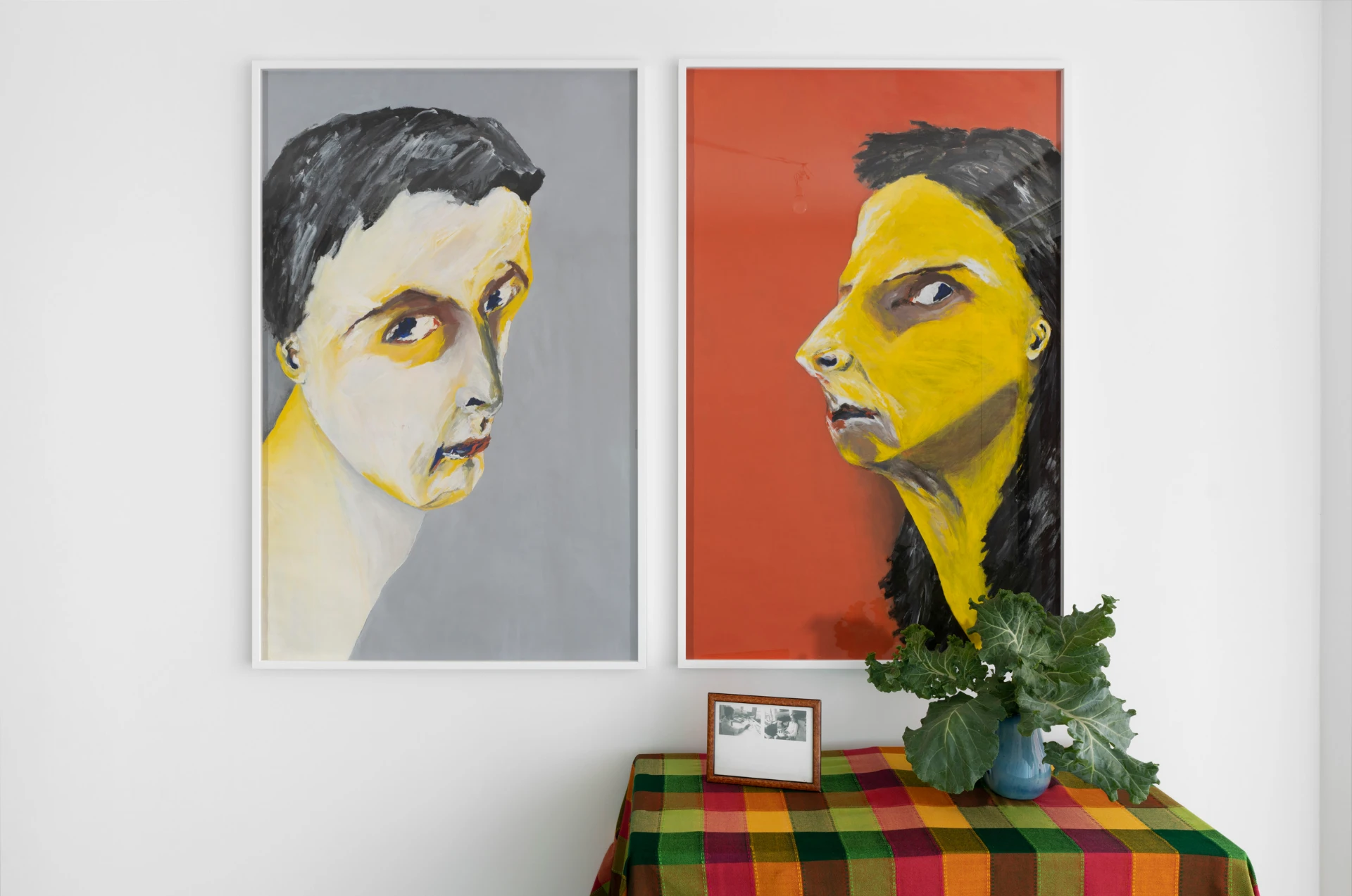
02 Sep 2025
Prolonging the encounter: Anas by Gäetan
By Diogo E S Dietl
Next
article
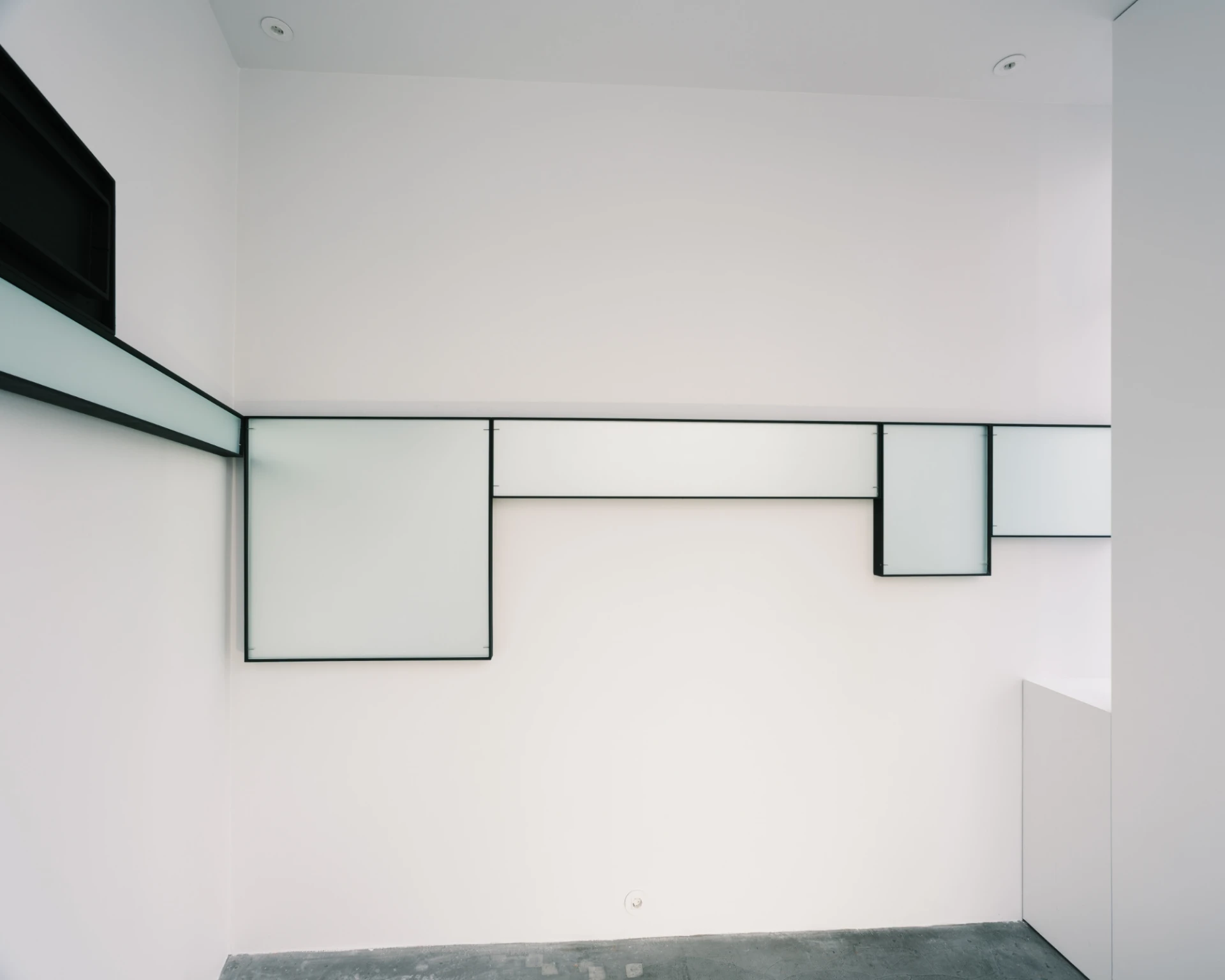
04 Sep 2025
drawing of a long Illuminated house. with annex, by Carlos Nogueira
By Débora Valeixo Rana
Related Posts
